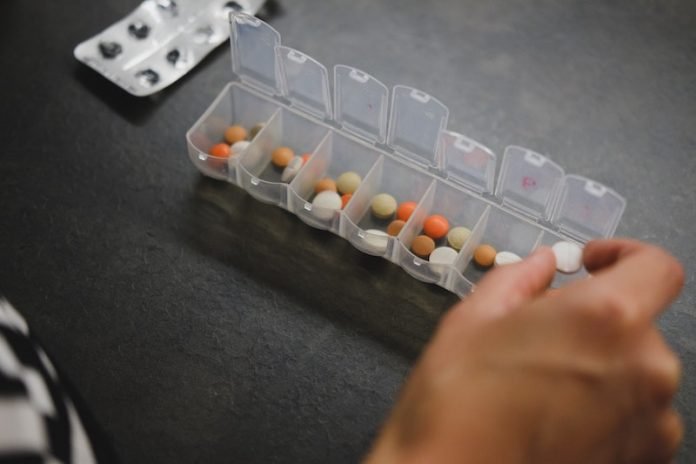
In a recent study at MIT and elsewhere, researchers found that drugs for diabetes, inflammation, alcoholism — and even for treating arthritis in dogs — can also kill cancer cells.
They analyzed thousands of already developed drug compounds and found nearly 50 that have previously unrecognized anticancer activity.
The surprising findings, which also revealed novel drug mechanisms and targets, suggest a possible way to accelerate the development of new cancer drugs or repurpose existing drugs to treat cancer.
The study is published in Nature Cancer. One author is Todd Golub.
This study used the Broad’s Drug Repurposing Hub, a collection that currently comprises more than 6,000 existing drugs and compounds that are either FDA-approved or have been proven safe in clinical trials (at the time of the study, the Hub contained 4,518 drugs).
It also marks the first time researchers screened the entire collection of mostly non-cancer drugs for their anti-cancer capabilities.
Historically, scientists have stumbled upon new uses for a few existing medicines, such as the discovery of aspirin’s cardiovascular benefits.
In the study, the researchers tested all the compounds in the Drug Repurposing Hub on 578 human cancer cell lines from the Broad’s Cancer Cell Line Encyclopedia (CCLE).
They found nearly 50 non-cancer drugs — including those initially developed to lower cholesterol or reduce inflammation — that killed some cancer cells while leaving others alone.
Some of the compounds killed cancer cells in unexpected ways.
Some of the four-dozen drugs appear to act not by inhibiting a protein but by activating a protein or stabilizing a protein-protein interaction.
These unexpected drug mechanisms were easier to find using the study’s cell-based approach, which measures cell survival, than through traditional non-cell-based high-throughput screening methods.
Most of the non-oncology drugs that killed cancer cells in the study did so by interacting with a previously unrecognized molecular target.
The researchers were also able to predict whether certain drugs could kill each cell line by looking at the cell line’s genomic features.
This suggests that these features could one day be used as biomarkers to identify patients who will most likely benefit from certain drugs.
They hope to study the repurposing library compounds in more cancer cell lines and to grow the hub to include even more compounds that have been tested in humans.
They will also continue to analyze the trove of data from this study, which has been shared openly with the scientific community, to better understand what’s driving the compounds’ selective activity.
Copyright © 2020 Knowridge Science Report. All rights reserved.



